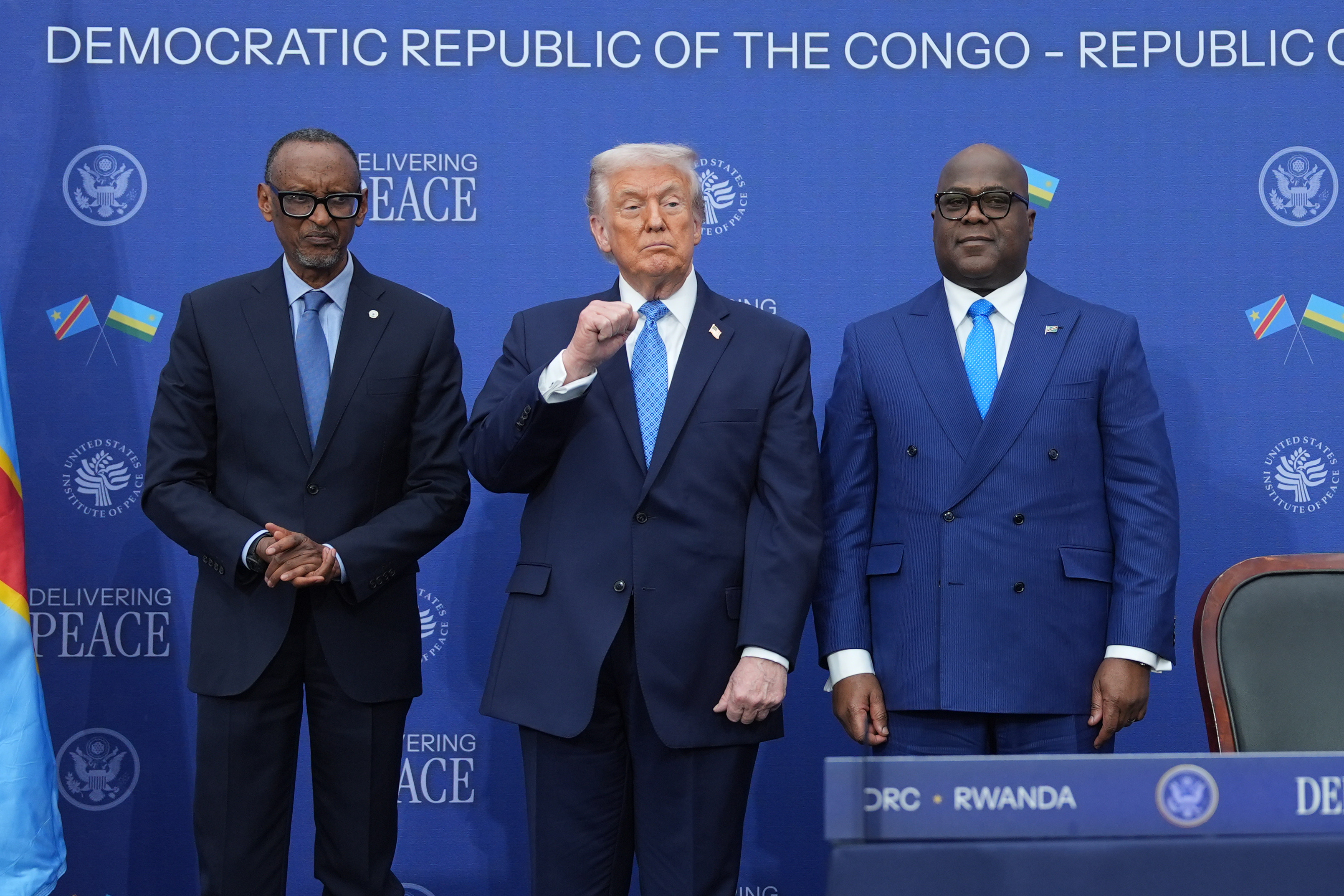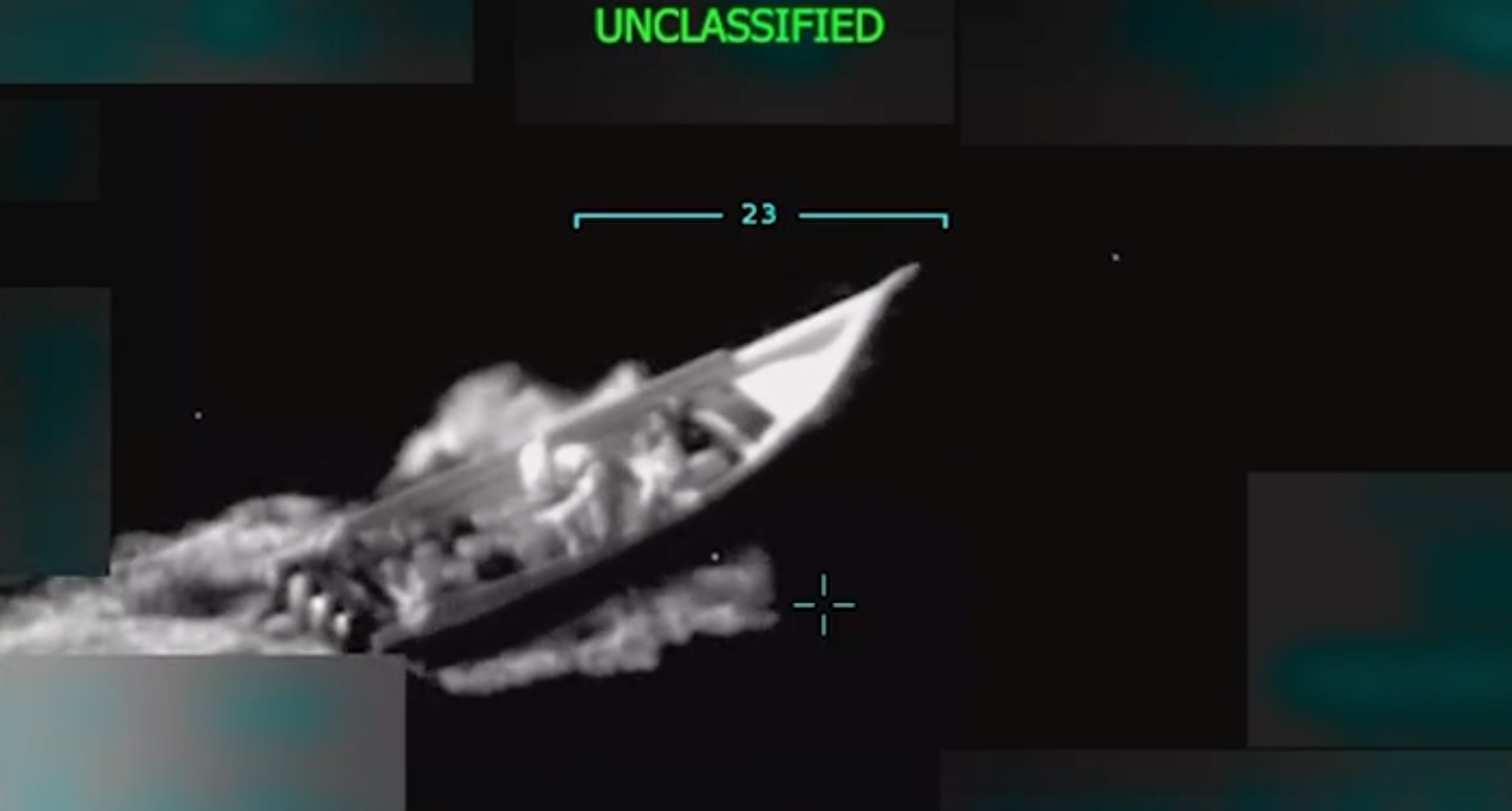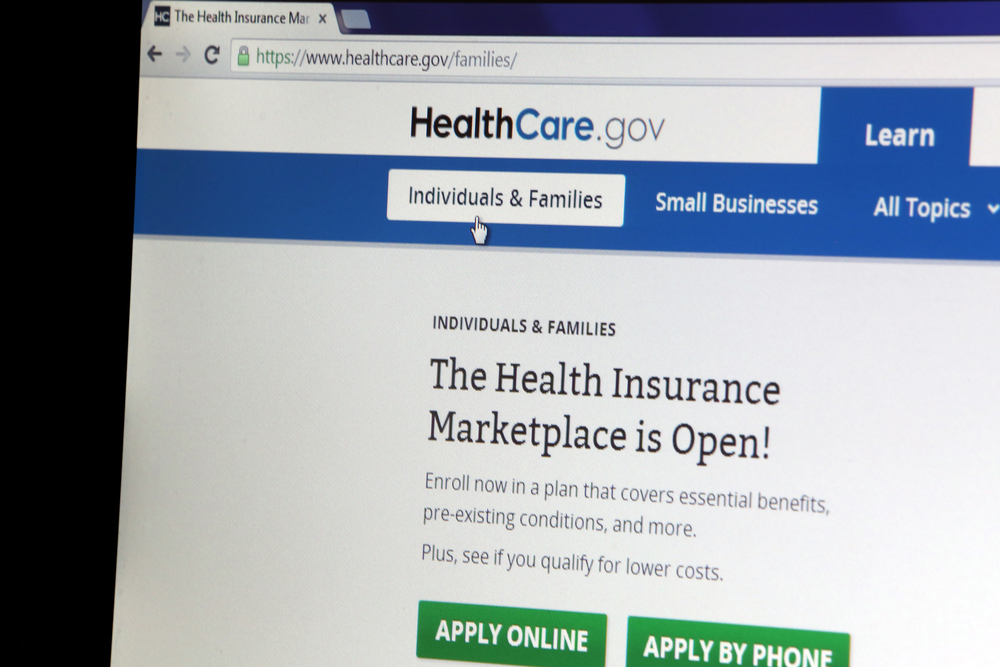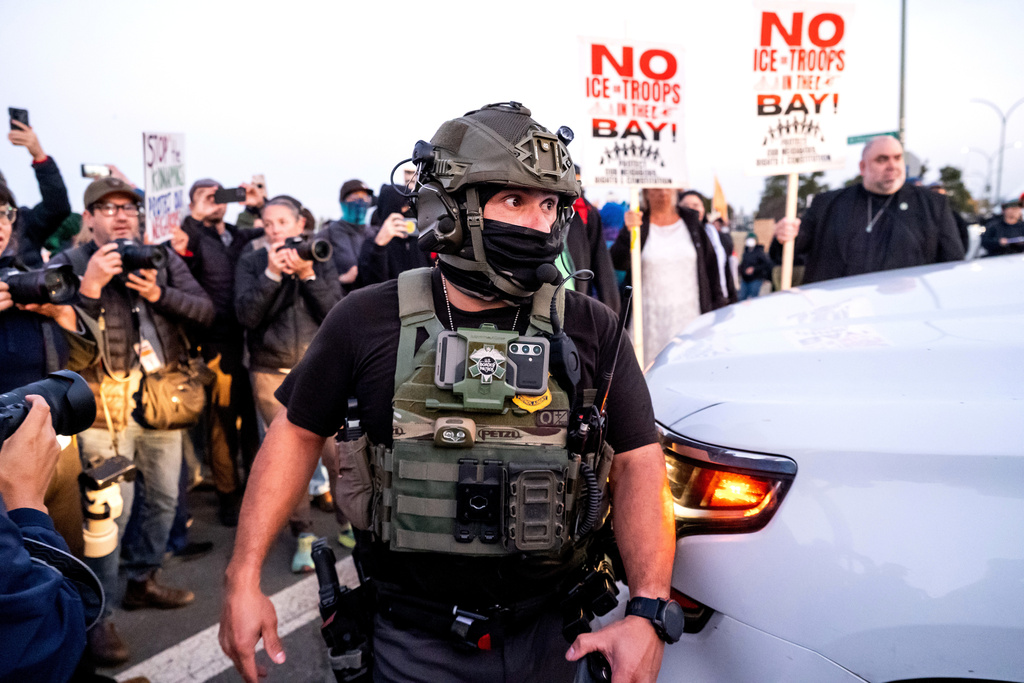As the opioid crisis continues, Americans are seeing the price of overdose-reversal drugs climb higher and higher.
Naloxone sales increased from about $21 million in 2011 to $274 million by 2016. Part of that increase was thanks to state and local governments passing rules to make the antidote more widely available.
But the market is mostly controlled by the three major drug manufacturers that have approval from the Food and Drug Administration to make naloxone, and some increased their prices in response to the new regulations. For instance, a two-dose Evzio package that was $690 in 2014 now goes for about $4,500.
That's made it harder for local governments that want to give more of their first responders the antidotes. In 2010, the Washington, D.C., fire department could get naloxone for $6 a syringe. By 2017, the same drug cost five times as much.
In the hardest-hit cities, like Philadelphia, the budget isn't big enough to keep a steady supply. In 2016, the city had a budget that allowed them to buy 5,000 naloxone kits for the year. But when they ran out, they needed a private organization to step in and donate another 1,500 kits to keep first responders stocked with naloxone.
Additional reporting by Newsy affiliate CNN.




 US Surgeon General Wants More People To Carry An Anti-Overdose Drug
US Surgeon General Wants More People To Carry An Anti-Overdose Drug






